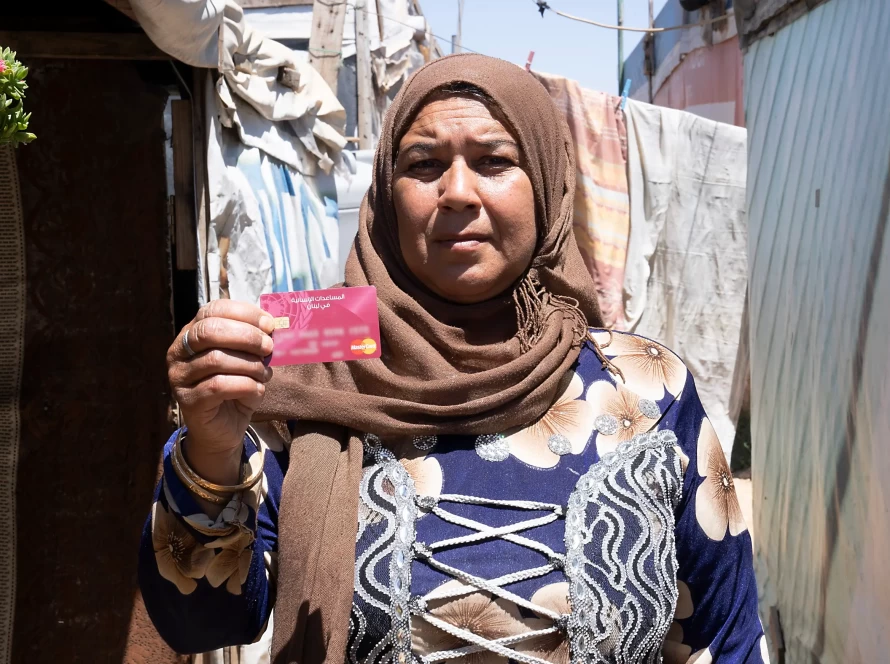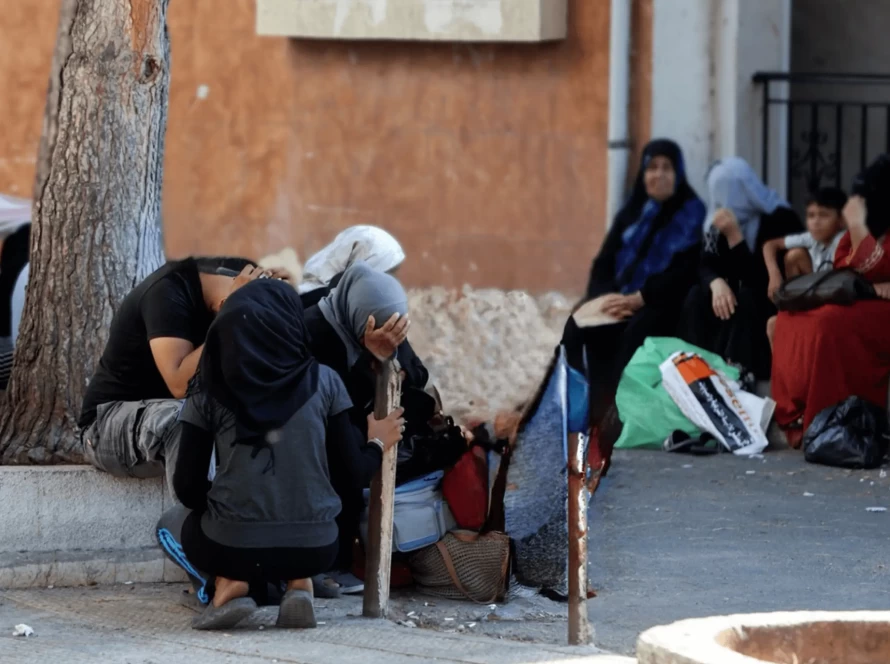Executive Summary
The World Food Programme (WFP) supports Syrian refugee families living in extreme poverty in Lebanon by providing them with multi-purpose cash (MPC) transfers to meet their basic needs. WFP loads the assistance on an e-card, called the Red Card, each month and programme participants are able to withdraw the cash assistance from ATMs.
In November 2020, WFP provided MPC to 38,395 severely vulnerable refugee families. CAMEALEON conducted research to understand more about the confidence and usage of ATMs by WFP MPC recipients to withdraw their assistance. The research found that 98 per cent of respondents had no experience of using ATMs in Syria before displacement. Confidence levels vary depending on the action to perform at the ATM. Typing the PIN is the operation that WFP MPC recipients find easiest. Using the manual option, to specify the amount of funds to withdraw, instead of choosing from ‘fast cash’ options, is the operation that survey respondents find most difficult. Female and illiterate users have lowest confidence levels in using ATMs.
WFP MPC recipients rely on a range of coping strategies to withdraw their cash assistance. 45 per cent of survey respondents sought support from third parties, either to go to the ATM on their behalf or help them at the ATM. Low confidence with the ATM is the most common reason to rely on a third party’s support, other factors include time, transportation costs and caring responsibilities.
The assistance is intended to cover a portion of families’ basic survival needs and therefore WFP MPC recipients aim to withdraw the full balance on the card each month. However, recipients struggle with the manual cash option, which is the most convenient and effective way to withdrawal all their available funds in one transaction: the fast cash options coincide with the card balance only in few circumstances 53 per cent of survey respondents relied on the fast cash options to withdraw all their assistance instead and made 2.9 transactions on average. Multiple transactions by each recipient can contribute to crowds and long waiting times at ATMs.
WFP MPC recipients receive training on the use of the ATM upon programme enrollment. The training is effective at communicating the risks of misusing the card and the PIN. However, the ability to read and write has a decisive bearing on whether recipients feel empowered to put what they learnt into practice. The research report includes operational recommendations, including suggestions on how ATM screens could be made more user-friendly and ways in which ATM training can help dispel misconceptions about ATMs and encourage recipients to be more confident in using them.






